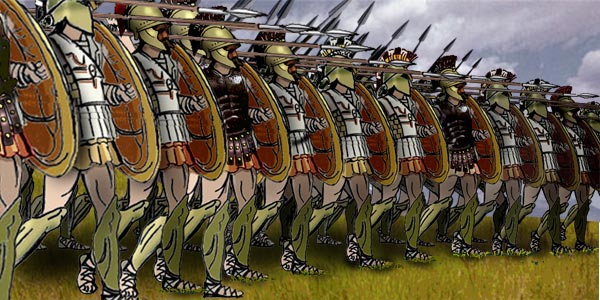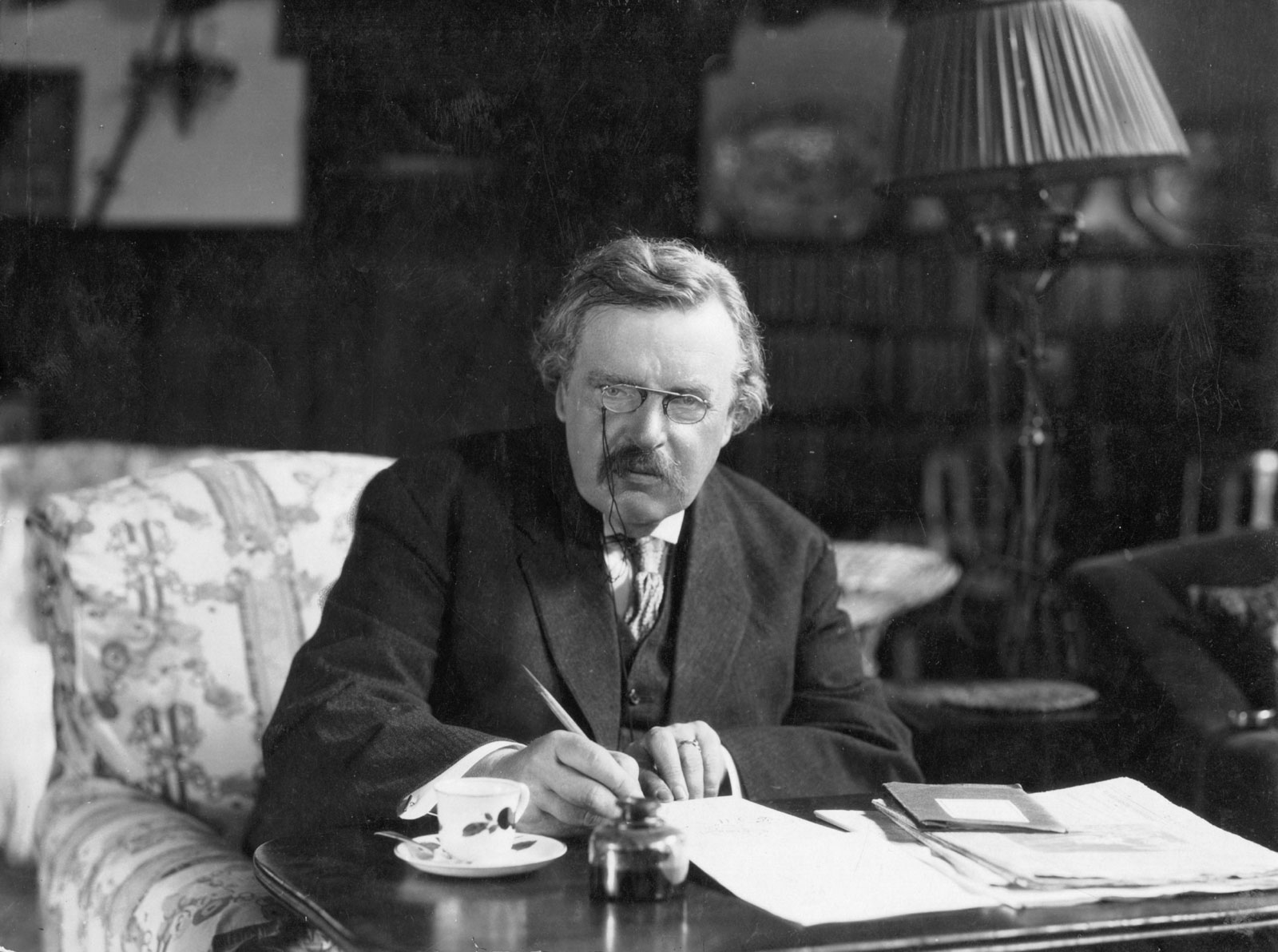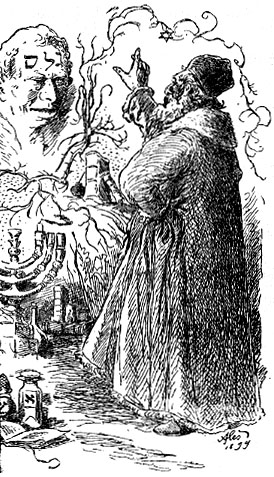For the most part, growing pains experienced by children are essentially harmless, manifested by sore muscles experienced during childhood, usually at night. Sometimes they will wake the child, but normally have no lasting effect, no limiting factors on movement, and typically cease by morning. Ultimately though, these pains have no lasting effect and can be contributed to the stretching and changing of muscles and other tissues.
Osgood-Schlotters is an extreme example of the painful effects that can be experienced as a part of growing up. There are other examples of growing pains and discomforts associated with development. These can vary from physical discomfort to mental stress or cognitive overload and even awkward social pratfalls.
It is nearly impossible to experience any meaningful growth without pain or discomfort.
Because meaningful growth can be painful, change or development is sometimes sacrificed for ease or comfort. In extreme cases, an unwillingness to experience this natural progress of discomfort can lead to a cessation of growth, a stunting of the body or mind.
Physically, when the body is pushed beyond it's normal workload, it is forced to adapt to to meet the changing need in strength. When a muscle contracts, a series of chemical reactions occur in order to translate the food we eat into usable energy from movement called glycolysis. The byproduct of this process is lactic acid which is removed from the body through the cellular respiration. When the system goes anaerobic (without oxygen), and the production of lactic acid exceeds the bodies ability to break it down, this byproduct builds up in the muscle creates a burning sensation, soreness, and fatigue. When the body returns to an aerobic state (with oxygen), the removal of waste material resumes and the pain ceases.
After a strenuous weight lifting working, muscle fibers will experience micro tears throughout the muscle body. Sometimes this soreness will peak a few days after the workout and is known as delayed onset of muscle soreness (DOMS). As the muscles heal, inflammation, changes in calcium regulation, and other factors contribute to muscle soreness as the muscle repairs itself. After the healing process is complete, the muscle will have adapted to meet the needs of a greater potential workload. They grow and become stronger.
It is not just physical changes that are preceded by pain or discomfort. When learning new material, as the brain struggles to process, code and retain new information, a person may experience frustration, fatigue and discomfort. The brain, through the process of neural plasticity, alters itself chemically, functionally, and physically to adapt to new requirements. It literally grows and becomes stronger or more effective when pushed to a level of discomfort or challenge. Without challenge, without struggle, the brain will atrophy--similar to a muscle when left unused.
It is not after pain that the mind and body grows, it is because of it. The adaptation machine that is the human being has survived as a species due to it's ability to develop and learn from mistakes, through trial and error, and like a child touching a hot stove, the most significant changes result from the most painful experiences.
No fault can readily be attributed to a creature for trying to avoid pain, it is only natural to work towards an existence where joy and happiness are maximized while pain and suffering are minimized or even eliminated. Where the fault lies is the abeyance of anything uncomfortable that might also lead to growth or development.
In today's world, the level of connection and communication in personal relationships has never seen the level of saturation that currently exist. Social media, instant messaging, texting, video chatting allow for a level of constant connection between individuals. Yet, it seems that this increased level of connectivity has led to a loss in personal accountability. The term ghosting has now become a part of our social lexicon and is often argued about as becoming an acceptable social practice. Ghosting is the sudden and unexplained ending of any relationship. No messages, no returned calls, no social media connections. All ties are simultaneously and unequivocally cut.
Sure, it is immediately easier not to have the conversation at all, but without those difficult conversations latent issues are left unresolved, communication skills are left underdeveloped, and there is little opportunity for reflective and introspective growth and development. For the person who has severed the tied, it is quick, painless and a means for avoiding uncomfortable conversations; the person who has been shut out is left deprived of closure and left with gnawing uncertainty. Avoiding uncomfortable conversations is a part of any relationship, whether it be romantic, professional, or political.
In the partisan nature of our political structure in the United States, polarization of parties is partly contributed to confirmation bias, or the tendency to weigh out information favorably to predisposed ideas. Confirmation bias is another way of protecting ourselves from the uncomfortable process of being wrong or having to alter a deeply held schema. Research suggests that confirmation bias limits a citizen's ability to learn and expand understanding. In the online world, where access is nearly unlimited, but also can be filtered by ideological standpoints and beliefs, consumers of information tend to seek out only claims that adhere to their system of beliefs and to ignore dissenting information.
When provided a large amount of varied opinions and ideas, readers tend to seek out like-minded ideas and opinions and form aggregate groups which eliminate debate and lead to mass polarization. Civil discourse and discussion is lost to heated arguments and anger and tension increase exponentially across the political divide. Civil disagreements are viewed as a mental trauma as our value of emotional safety takes the place of emotional and social development. Compromise becomes impossible because it is too often born of challenging discourse. We are forgoing the joy of offspring because of the pain of involved in the birthing process.
This feeling of pain avoidance at the cost of long term development can be even be seen in the way that children are raised in today's world of technology and advancement. The difficulties of entertaining, disciplining, and educating children are often supplanted by electronic devices as young children spend more and more time on devices as a means of entertainment and pacification. In the short term, it is much easier to deal with a fussy toddler by handing them a tablet or phone, but in the long run, it may be altering the neurological development of their brains. Studies have shown a correlation between screen time and development of white matter in the brain, the material which improves thinking, memory and cognition through connecting different areas and regions of the brain. Less white matter can lead to less efficient thinking and memory. Avoiding the sometimes frustrating or difficult process of working with, playing with, and parenting young children can slow down or stunt their cognitive growth and development.
Having painful experiences is not only a part of the human experience, it is a necessity. The entire human creature has evolved to evolve, and its primary function in the world is to adapt. To change. To grow and develop. Some of the changes that we go through as individuals are developmental and come with time and maturation. Many other changes are the results of experience, and adaptation to stimuli or challenge. Without challenge, without the need for change, then it simply does not happen. Like Newton's first law of physics, an object will stay in a state of rest or inactivity unless acted upon by an outside force. That initial movement may be jarring, or even traumatic, but it is also the necessary impetus of motion and change.






















